The anatomy of a commercial flight – all you ever wanted to know: Part two
Aerotime
DECEMBER 20, 2024
We will also examine the next most critical phase of our flight, from descent and deceleration to the approach and landing phases, even touching upon what happens when the aircraft arrives safely at the gate. Mario Hagen / Shutterstock The announcement will also be one of the first items on the pilots before-descent checklist.



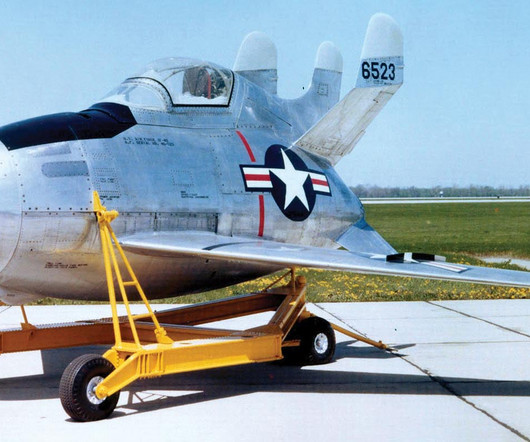



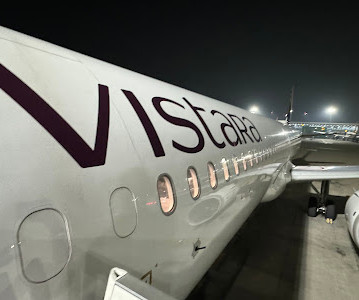
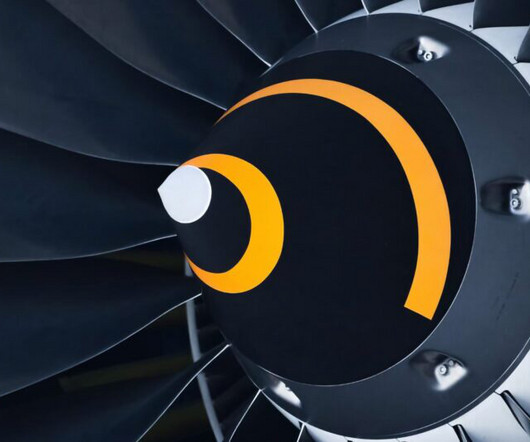
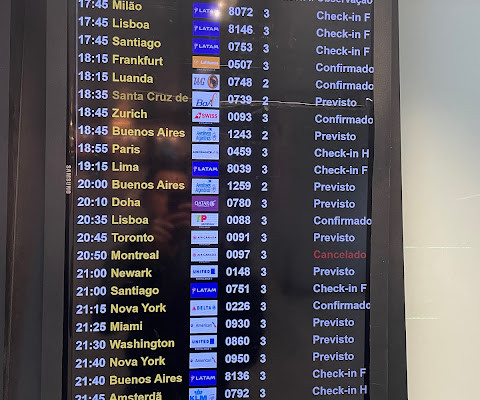

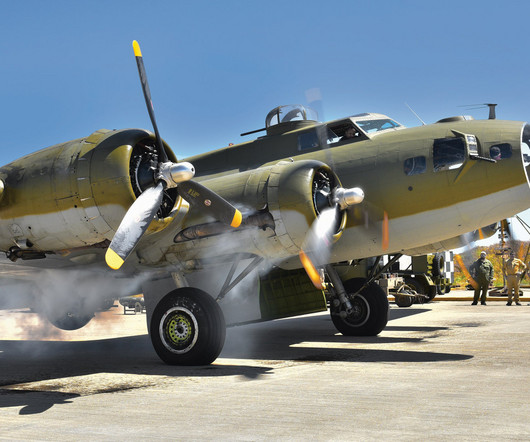









Let's personalize your content